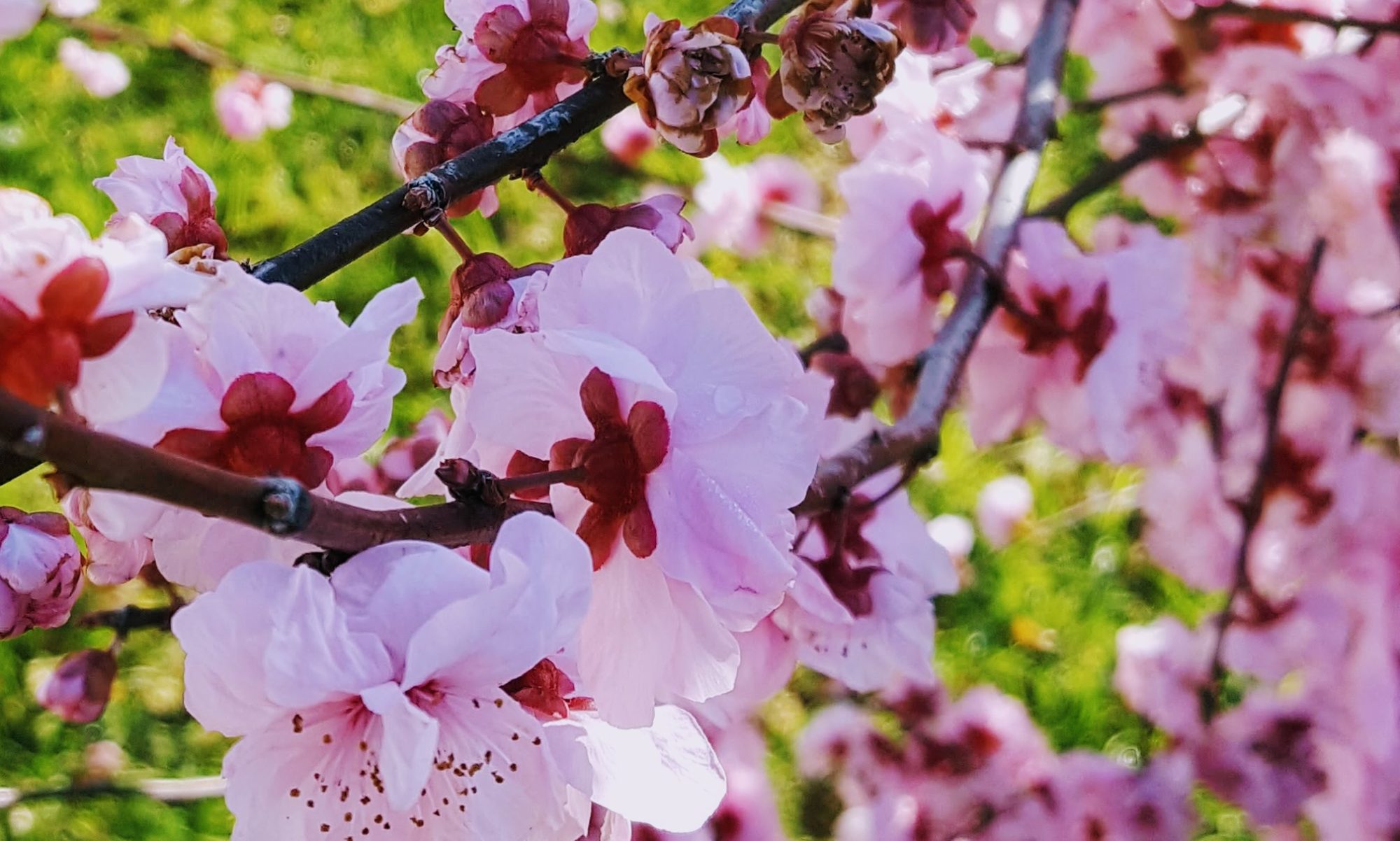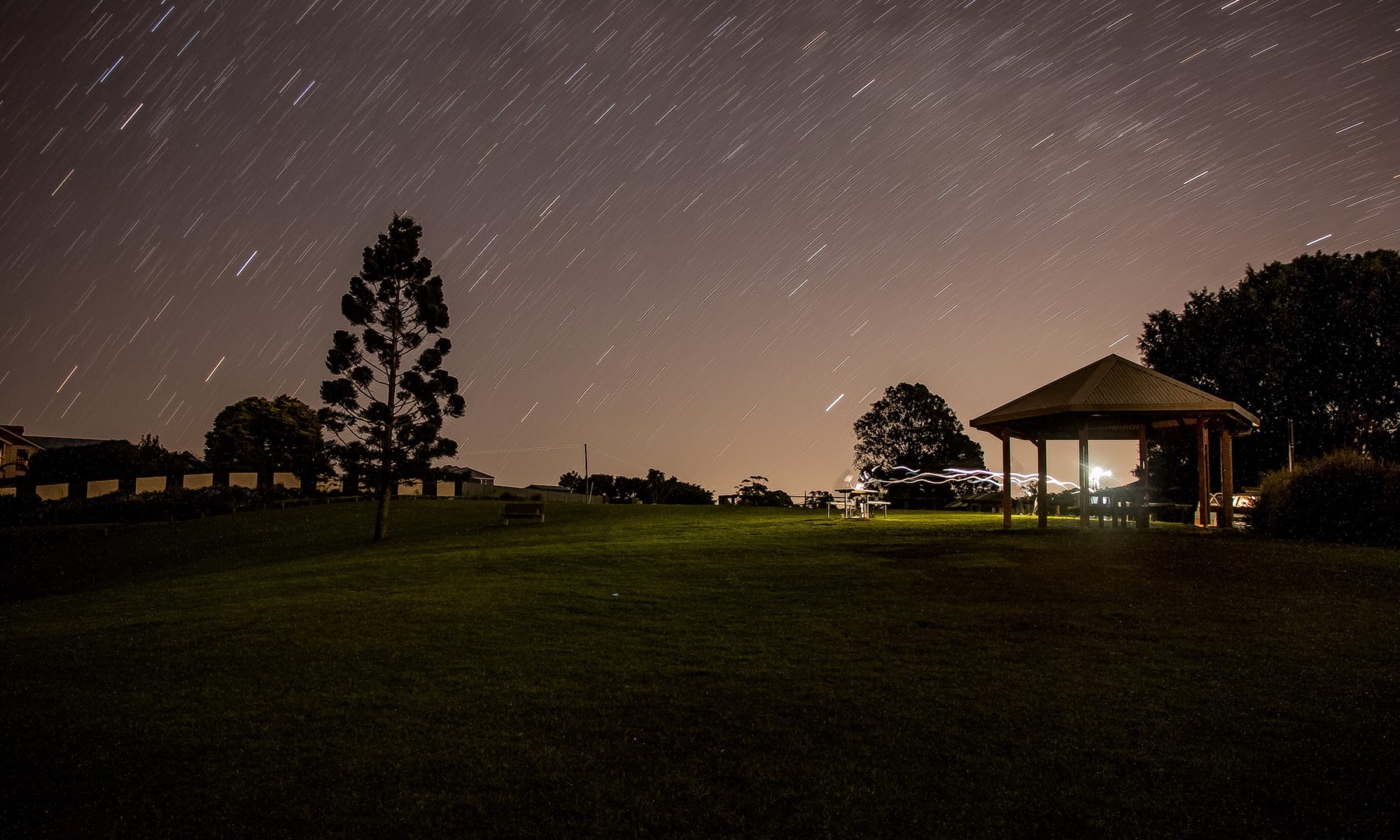What if the thing that is going to destroy your normal world has actually been a part of it all along?
My favourite thing in the world, apart from writing scripts, is the reading of them. Part of my relatively recent move into screenwriting means that I have been gobbling up television and film scripts of late.
Many writers I love and respect claim that they don’t need to read the work of other playwrights and screenwriters. That they only need to experience the work to learn from it.
I find this claim odd. If you were a chemist, would you only need to watch acid eat through something in order to make a similar compound? Wouldn’t you want to look a little closer?
Anyway. I’ve been lucky enough to read the pilot/first episode of Stranger Things recently. Reading it gives as much of a buzz as watching it for the first time.
It’s also a lesson in how to set up an entire series universe – let alone an episode – in about three pages.
One of the things that the first three pages does is introduce us to two worlds. There’s the Camp Hero lab, in which something horrific has happened. And then there’s the normal ‘neighbourhood’ world.
What’s impressive to me about the introduction of the anti-normal world is that the pictures the script paints leave gaps.
You, as a reader, have no idea what it is that has created the turmoil but it’s so dangerous that whatever world is next juxtaposed against it will be assumed to be threatened.
And, of course, in Stranger Things, it’s the kids in their quiet suburban home playing games around a table.
For a writer, this is partly a lesson in juxtaposition and subtraction. You show seemingly unrelated people and worlds side by side, but you also refuse to complete the picture of danger.
You subtract details. Important details.
In whatever genre you write in, what you remove or refuse to fill in at a story’s beginning is as important as what you select.
Like air to a vacuum, our anxieties and attentions are drawn to the not-known, and our desire to fill in the blanks for ourselves.
Watching a play or a film or a show, when the writing works, becomes an active experience. It’s impossible to veg out.
In my first thoughts on craft post, I wrote about asking what is the crime or transgression at the heart of your story. Juxtaposition and subtraction are related to this – as a transgression could also be thought of as juxtaposition of two unrelated worlds through the medium of time. That is, a murder story often sees the uncovering of a criminal world in environments hitherto assumed to be perfect or safe. (What else was “Murder, She Wrote”? And, on a tangential note, why didn’t any police officer notice that people seemed to die wherever Angela Lansbury turned up?)
To make the most of this juxtaposition when writing, though, you need to know not just your normal world, but also your disrupting world. Let’s call it the Lurking World. It might be horrific, or science-fictive, or criminal, or simply a place of commonplace emotional betrayal. The amazing thing you will probably discover as you create your Lurking World is that the normal world harboured what is lurking all along.
Whatever the two worlds are, you need to create them both.
And when you make them collide, subtracting important details from the picture, I can’t wait to read the first three pages you come up with.
—
Photo by Padraig Treanor on Unsplash

